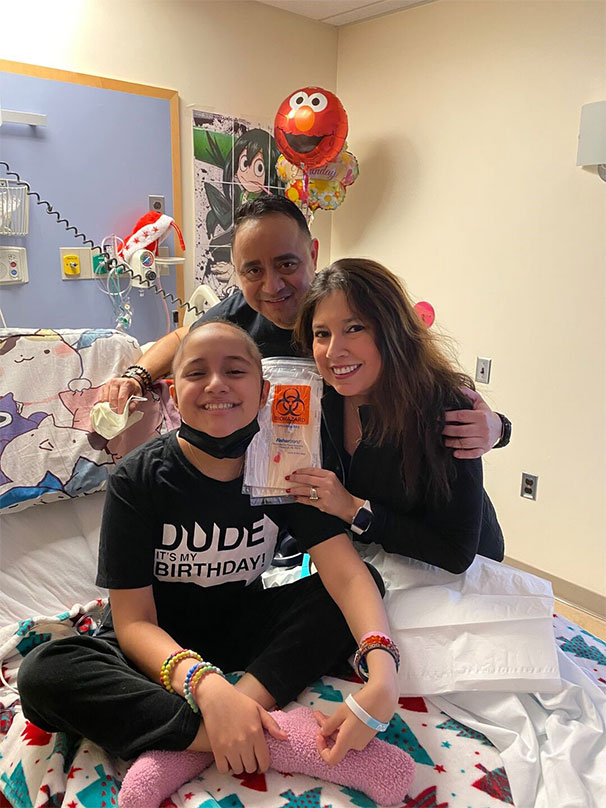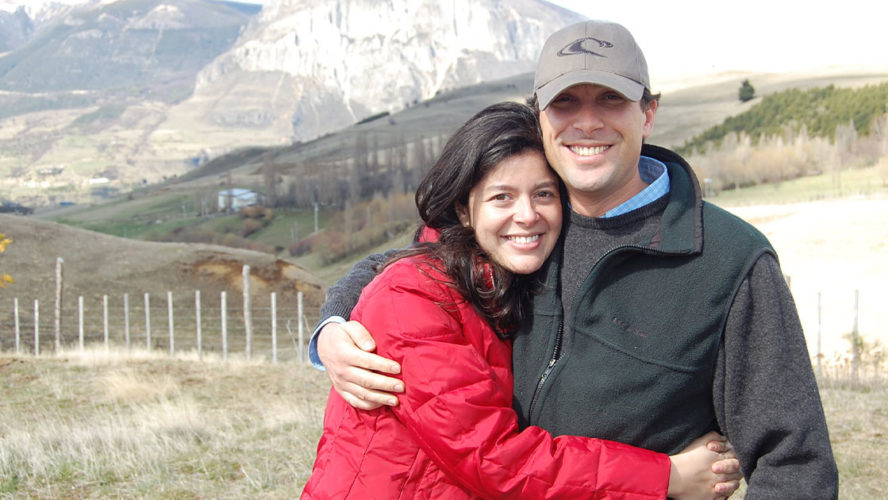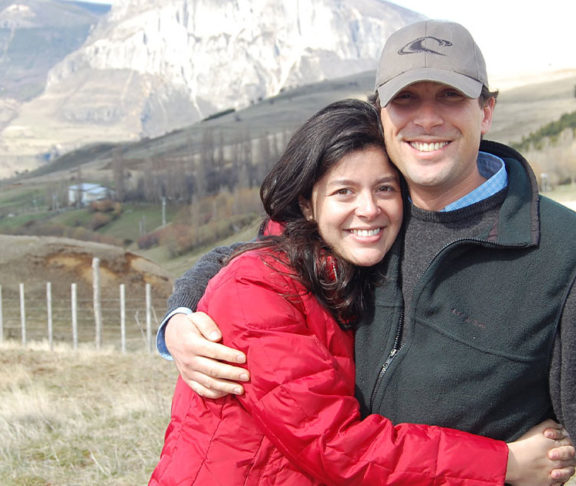Guillermo didn’t hesitate in 2019 when he got the opportunity to potentially save a stranger’s life — a stranger who lived across the world.
About five years earlier, Guillermo now 46, had a cheek swab to register him as a potential stem cell donor. At the time, his wife encouraged him to get registered because someone in their community in Chile where they live, needed a transplant.
While Guillermo wasn’t a match then, little did he know he would be a donor match later on. Fast forward to 2019, when he received an email telling him he was a potential match. He followed up with more testing and a few weeks later, flew to Santiago, Chile — 600 miles from his home, to donate stem cells.
At the time, Guillermo didn’t know that his stem cells were poised to help a teenager in New York who was battling leukemia. After the donation was completed, he found out the recipient was a 14-year-old girl living in the U.S.
He was shocked to find out the recipient was a teenage girl.
“It was emotional,” says Guillermo, a father of four, who works in the salmon farming industry and is helping with his family’s distribution business. “I have a daughter about the same age. I couldn’t stop thinking what would have happened if it was her on the other side.”
“We have a donor”
When Elle was 13, she started experiencing what she and her family thought were growing pains. She was moaning and in pain, especially at night.
Blood work and multiple doctor visits confirmed she had acute lymphoblastic leukemia (ALL), a leukemia that starts in bone marrow and can spread quickly.
Elle, who loves drawing, playing tennis, music and going to the theater, was hospitalized and underwent many treatments, including chemo, immunotherapy and radiation. She lost her long, wavy hair and missed a lot of school.
But five months later, she was in remission and was eligible for a bone marrow transplant.
“It happened pretty quick,” says her mother, Ellen. “Three days later, they called us and they’re like, ‘We have a donor! We have a match.”

That match was Guillermo. The process of finding a donor was relatively smooth because Staudt was already in the Be The Match Registry database — the U.S. database of potential blood stem cell donors.
Donors and patients are matched by their human leukocyte antigen (HLA) type, a protein or marker that’s found on most cells in your body. A patient’s best chance is finding a donor match from their same ethnic background. That’s because HLA markers are inherited. The odds of a Hispanic patient finding an ethnic match is 48%, compared to 79% for a White patient.
Elle needed a Hispanic donor because her mother’s family is from Ecuador and her father is from El Salvador.
She received her transplant around Thanksgiving and then spent Christmas at the hospital. She was discharged on New Year’s Eve and looked forward to healing at home during 2020. Elle and her whole family wore masks, surgical gowns and gloves so when the pandemic started, they were already used to quarantine life.
These days, Elle who is 16 and a junior in high school, is monitored monthly by her doctors. She feels great is back to living her life.
The biggest reward
Inspired by her time as a patient and her desire to help others, Elle wants to be an anesthesiologist. Right now, she’s grateful for Guillermo — the “older brother” she’s always wanted.
“I thank him for giving me another year in life to finally graduate high school,” she says, noting, “I’ve always said to him, ‘you’re the one that saved me.’”
Her mother appreciates Guillermo and his decision to help save her daughter’s life. She encourages others to get cheek swabbed to become a potential donor.
“You’re really not just saving one life,” she says. “You’re saving everybody’s life that is affected. By saving my child’s life, that person has saved my life, has saved her Pop’s life, her grandma’s life, right? It’s just such a domino effect, right? It’s saving everyone around that patient.”
Now Elle and Guillermo’s respective families feel forever connected. Last year, Guillermo’s parents visited New York and had dinner with Elle and her family. Next, Ellen, Elle and Guillermo will meet in person at an upcoming conference. They first met on a video conference last fall and keep in contact via messaging.
Guillermo is very humble about his stem cell donation. He says, he didn’t do anything extraordinary, noting that his donation only lasted for hours and that he did so in a comfy chair while reading a book.
He encourages others, especially people in the Hispanic community, to register and to donate, if asked.
“Having seen Elle, having seen her smile, knowing that somewhere in the world there is a person that is alive because of what you have done, is for me is the biggest reward you could ever expect,” he says.



